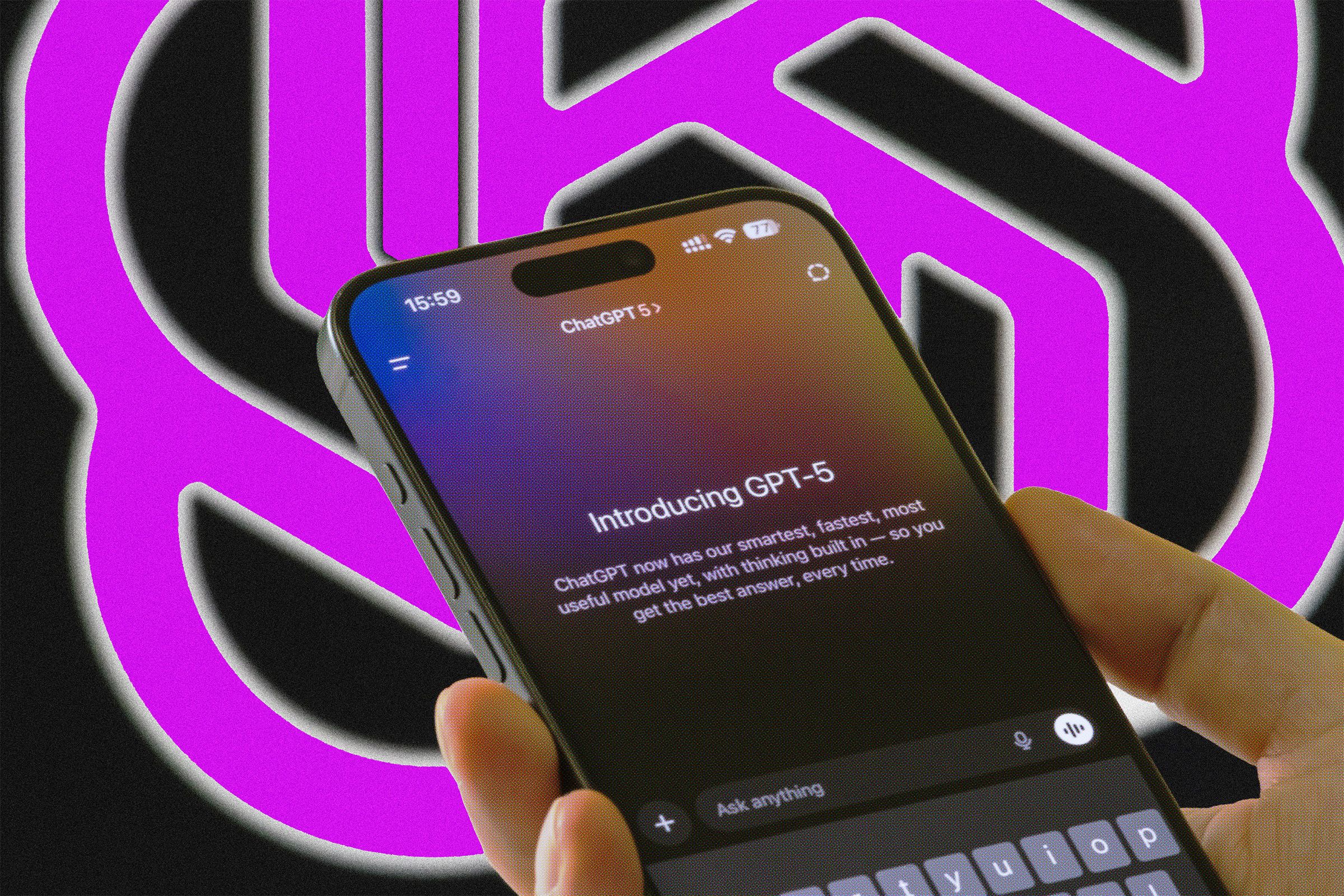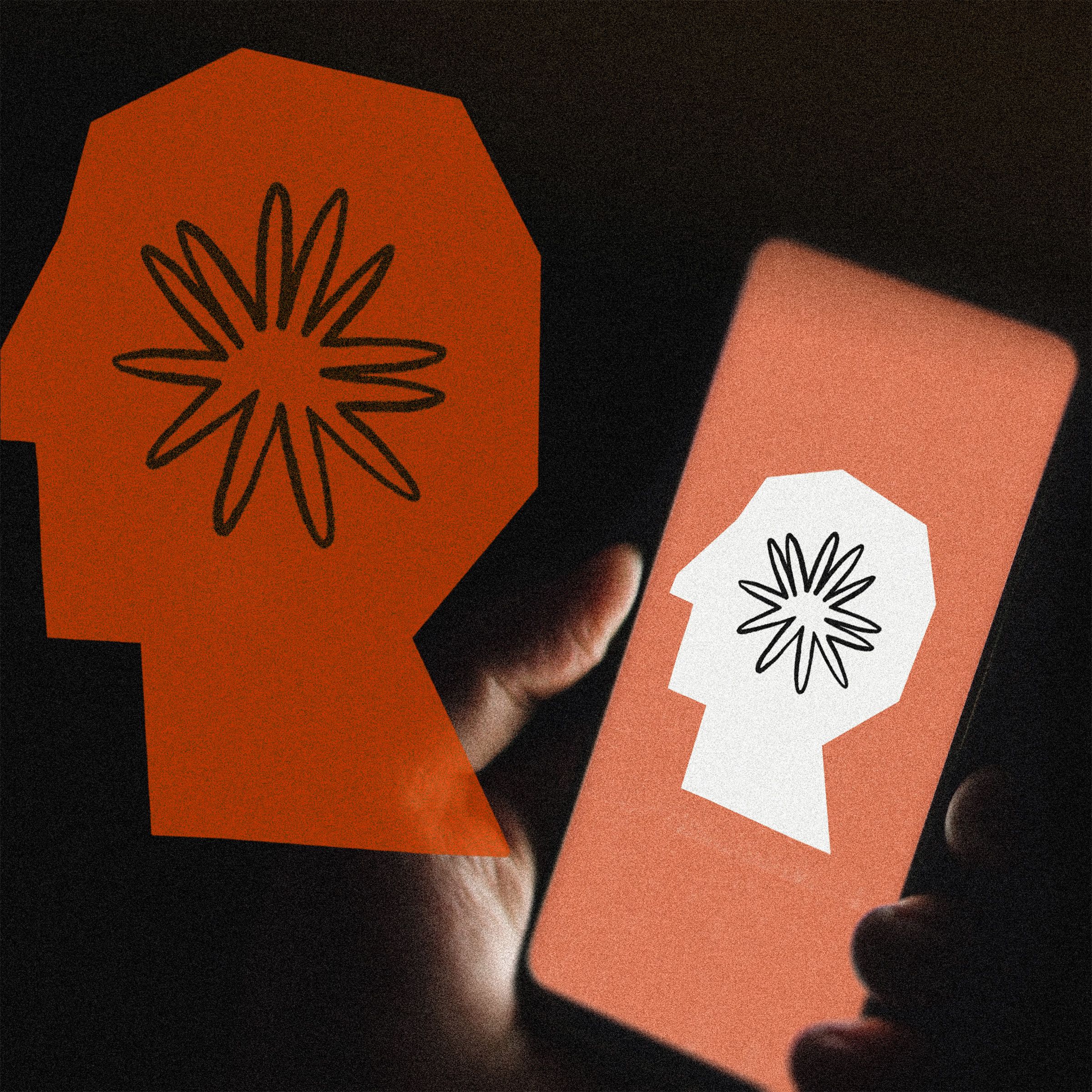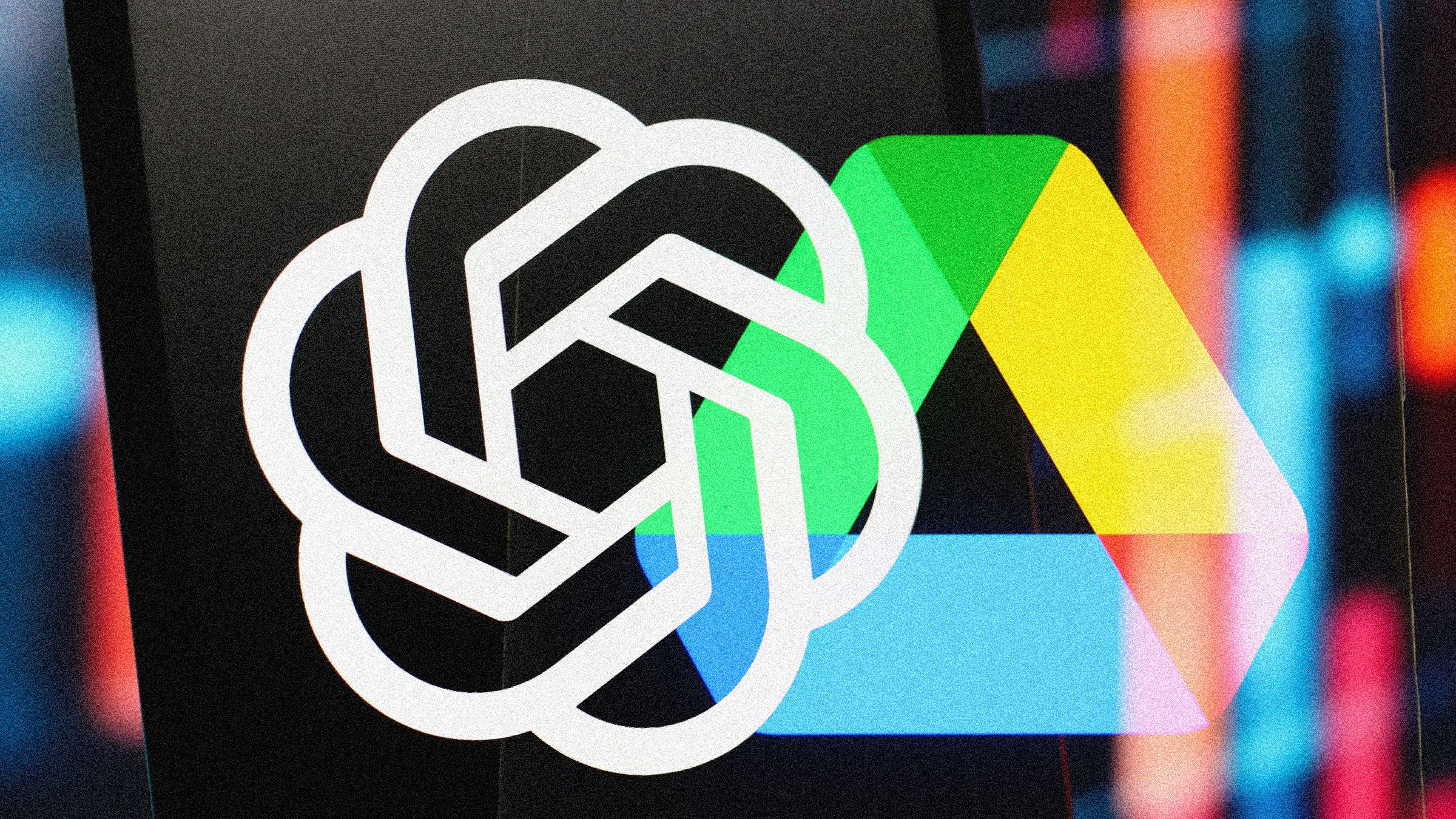The Vibes-Based Pricing of ‘Pro’ AI Software
In the world of artificial intelligence software, there is a new trend emerging – vibes-based pricing for ‘Pro’ versions of AI programs. This pricing model takes into account not only the features and capabilities of the software, but also the overall ‘vibe’ it gives off to users.
Companies are starting to realize that the user experience and emotional connection to AI software can greatly impact its success and adoption. By pricing their ‘Pro’ versions based on the overall vibe of the software, companies are able to create a more personalized and engaging experience for users.
For example, a company might price their AI software higher if it has a sleek and modern design, or if it offers a more intuitive user interface. On the other hand, software with a more corporate or traditional ‘vibe’ might be priced lower to attract a different audience.
This vibes-based pricing strategy allows companies to not only offer a more tailored experience to users, but also to differentiate their products in a crowded market. Users are more likely to choose software that not only meets their needs but also resonates with them on an emotional level.
Ultimately, the success of this pricing model will depend on how well companies can accurately assess and price the ‘vibe’ of their software. By understanding the emotional impact of their products on users, companies can create a more meaningful and valuable experience for their customers.
As AI software continues to evolve, it will be interesting to see how companies use vibes-based pricing to drive adoption and engagement. By focusing on the overall user experience and emotional connection to their products, companies can create a more successful and sustainable business model.
Overall, the vibes-based pricing of ‘Pro’ AI software represents a new and exciting approach to pricing and marketing in the world of artificial intelligence. By focusing on the emotional connection between users and software, companies can create a more personalized and engaging experience that drives success and growth.



